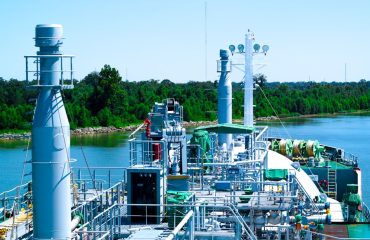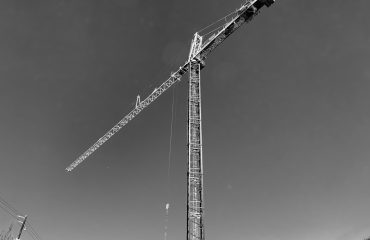The global steel market is a complex and dynamic entity, subject to constant fluctuations influenced by a multitude of interconnected factors. Understanding these dynamics is crucial for businesses involved in steel production, distribution, and consumption, as well as for investors seeking to navigate this volatile market. This in-depth analysis explores the key drivers of global steel price movements, offering insights into current trends and potential future scenarios.
1. The Raw Material Rollercoaster: Iron Ore and Coal Prices
The price of steel is intrinsically linked to the cost of its primary raw materials: iron ore and metallurgical coal. Fluctuations in the prices of these commodities directly impact steel production costs. For instance, a surge in iron ore prices, often driven by supply chain disruptions in major producing countries like Australia and Brazil, or increased demand from China, will inevitably lead to higher steel prices. Similarly, volatile coal prices, influenced by geopolitical events, environmental regulations, and energy transitions, exert significant pressure on steel production margins and consequently, on the final product price. Analyzing the price trends of these raw materials is, therefore, a crucial first step in understanding steel price dynamics. Furthermore, the transportation costs associated with these bulky raw materials also play a significant role, particularly in regions with limited domestic resources.
2. Global Demand Dynamics: A Balancing Act Between Construction and Manufacturing
Global steel demand is primarily driven by two major sectors: construction and manufacturing. Robust infrastructure development projects in emerging economies, like India and Southeast Asia, significantly boost steel consumption. Similarly, a booming automotive industry or a surge in appliance manufacturing translates into increased steel demand. Conversely, economic downturns, trade wars, or a slowdown in the construction sector can lead to a significant drop in demand, putting downward pressure on steel prices. Analyzing regional variations in these sectors is crucial, as different regions exhibit varying levels of economic growth and industrial activity, creating a complex interplay of supply and demand forces.
3. Geopolitical Influences: Trade Wars and Sanctions
Geopolitical factors play a significant role in shaping the global steel market. Trade wars, sanctions, and political instability in major steel-producing or consuming countries can disrupt supply chains, impact trade flows, and lead to price volatility. For example, tariffs imposed on steel imports by certain countries can protect domestic producers but also lead to higher prices for consumers. Similarly, political instability in a major steel-producing region can disrupt production and affect global supply, leading to price increases. Understanding the geopolitical landscape and its potential implications is therefore critical for accurate steel price forecasting.
4. Supply Chain Bottlenecks and Logistics Challenges
The global steel industry relies on complex and interconnected supply chains. Disruptions in any part of this chain, whether due to natural disasters, logistical bottlenecks, or labor disputes, can have significant repercussions on steel prices. For instance, port congestion, a shortage of shipping containers, or disruptions in railway transport can delay the delivery of raw materials or finished steel products, leading to supply shortages and price hikes. Furthermore, the increasing focus on sustainable practices and stricter environmental regulations also impact the supply chain, potentially increasing costs and affecting prices.
5. Technological Advancements and Steel Innovation
Technological advancements in steel production, such as the adoption of electric arc furnaces (EAFs) and the development of new steel grades with enhanced properties, can influence steel prices. EAFs, for example, are more environmentally friendly and can be more cost-effective in certain regions, potentially leading to lower steel prices. On the other hand, the development of specialized steel alloys with superior strength or corrosion resistance can command higher prices due to their enhanced performance characteristics. This continuous innovation in the steel industry contributes to a dynamic pricing landscape, requiring constant monitoring and analysis.
Conclusion: The global steel price is a complex interplay of numerous factors. Accurate forecasting requires a holistic understanding of raw material costs, global demand dynamics, geopolitical influences, supply chain efficiency, and technological advancements. By continuously monitoring these interconnected elements, stakeholders can navigate the steel market’s volatility and make informed decisions.
SEO Tags: Global Steel Prices, Steel Price Analysis, Steel Market Forecast, Iron Ore Price, Metallurgical Coal Price




